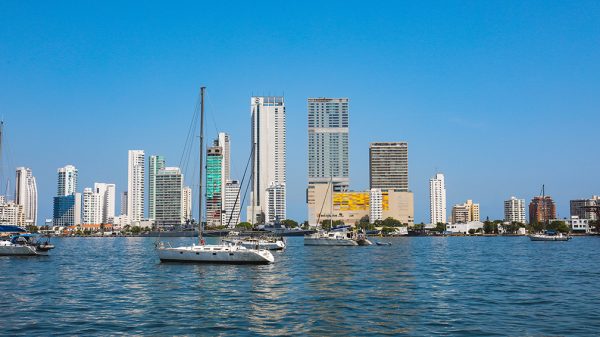Jan 26. One of the reasons many people feel anxious about flying is a sense of feeling stuck in a metal tube high up in the air. For some, it can help to sit in the window seat so that there is some sense of spatial expansion and locational context from the horizon.
Wouldn’t it be even better to combat claustrophobia with a glass roof providing a feeling of spaciousness from the vast blue sky above – or a canopy of twinkling stars in the night? Not to mention the problems it would solve with cabin lighting (although we can imagine the arguments that might arise, the ownership of the window blind is cause for conflict enough).
So why don’t aircraft have a glass or transparent roof that allows for sunlight during the day and becomes a stargazing platform at night?
Bigger windows require more structural framing, making the aircraft heavier. In a time of fuel and emissions savings, this is a big no-no for air operators. Although, the introduction of composite materials, like on the Boeing 787, has allowed for larger and wider windows than on earlier designs.
Having a sunroof on an aircraft might not be advisable for passengers. For one, where would you build the sunroof? For the business class passengers? For economy? Who would have access to the area to look above? Would this area mean that it is a public space with no seats? In that case, it would mean that the airline transports fewer passengers than the sunless competition.
Source: Simple Flying












